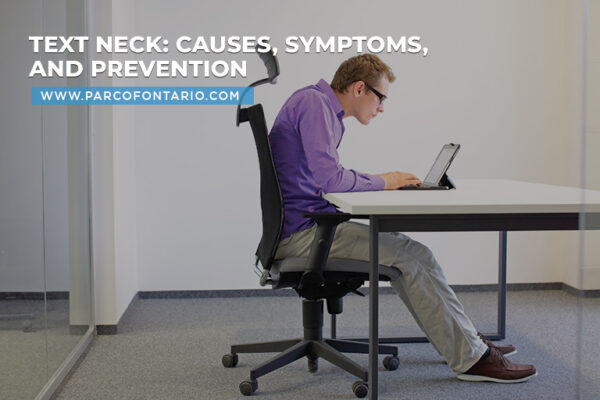
Text Neck: Causes, Symptoms, and Prevention
Many of us spend long hours hunching over our electronic mobile devices and laptops. As we spend more time texting, browsing social media, and reading on our devices, this constant downward gaze…
Read More
Rehabilitation after a cardiac event, such as a heart attack, is very important in order to help the patient regain optimum fitness and allow him or her to return to normal activities. The gradual process of assimilating to the previous way of life is achieved by a team of medical specialists that may include the patient’s attending physician, nurses, and of course very important is the physical therapist. There are four phases that a patient may have to go through for the rehabilitation and these are the following:
Phase I
The phase one of the patient’s rehabilitation, which may also be referred as the acute stage, immediately starts after the cardiac event. In some cases, this may have to be done while still in the Intensive Care Unit (ICU). Objective here is to allow the patient to regain mobility. Inputs from the other team members of the rehabilitation teams are very important at this stage.
After a thorough assessment of the situation, basic functional mobility will be addressed with different techniques that may include exercises and the use of other modalities. Usually at this stage the patients is introduced to assistive devices such as walkers or cane to allow the patient to safely move around. The family members will also be made aware of their contributions in the rehabilitation of the patient and will b reminded of the possible risk factors of another cardiac event.
Phase II
Phase two of the patient’s rehabilitation will start once he or she leaves the hospital. This stage usually lasts from three to six weeks and is a continuation of the phase one activities while closely monitoring the cardiac responses. At the end of this stage, the patient should be able to monitor heart rates and the level of exertion during the exercises. The patient may now be ready to do the exercises on his or her own although monitoring by the team members continues diligently.
Phase III
By this time improvements have been realized and the patient should be ready for other exercise therapies designed to improve flexibility, balance, coordination, and strength. The physical therapist will be there to guide the patient very closely. The patient should now be well acquainted on how to monitor heart rates, response to exercise, and what is termed as RPE of rating of perceived exertion.
Phase IV
After the three earlier stages, the patient may now be ready to be independent and go about his rehabilitation without much assistance. He or she should now be knowledgeable on the risk factors, the exercises, and the other strategies aimed at regaining and maintaining maximum health. While the patient may be on his own by this time, the rehabilitation team, particularly the physical therapist, will be there to monitor and guide the patient to ensure that the program is properly followed. It is very important for the patient to observe the program in order to prevent any relapse that can be very fatal.